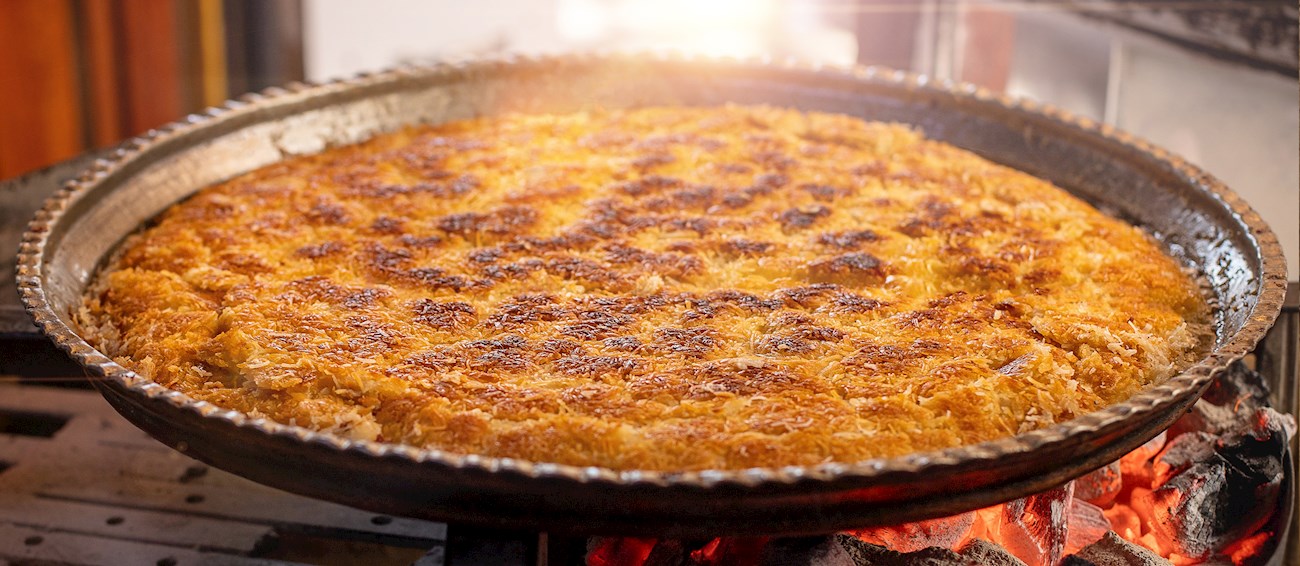TasteAtlas food rankings are based on the ratings of the TasteAtlas audience, with a series of mechanisms that recognize real users and that ignore bot, nationalist or local patriotic ratings, and give additional value to the ratings of users that the system recognizes as knowledgeable. For the “Top 13 Mediterranean Turkish Foods” list until March 27, 2025, 2,441 ratings were recorded, of which 1,185 were recognized by the system as legitimate. TasteAtlas Rankings should not be seen as the final global conclusion about food. Their purpose is to promote excellent local foods, instill pride in traditional dishes, and arouse curiosity about dishes you haven’t tried.
OR
Already have an account? Log in
OR
What to eat in the Mediterranean Region? Top 13 Mediterranean Turkish Foods
Show Map
Mediterranean Turkish Food
